How To Compost; A Refresher Course On Composting
Here it is – a refresher course on composting. I often get the question “How Do I Compost?”. Without a doubt, soil is the secret to a strong garden. Juvenile plant roots connecting to proper nutrients means the plants are going to grow into happy adults. I have a lot of concerns about why we should compost. Number one on my list is that landfills are being smothered in yard clippings and food scraps. These ingredients are one quarter of the United States’ solid waste landfills. Methane is a greenhouse gas over twenty times more potent than carbon dioxide, and this is what organic matter transforms into in landfills when it decomposes without air.
Converting garden and kitchen waste into rich soil matter is called composting. It does not produce toxicity and it is one of nature’s richest soil amendments and mulches. It saves you money because it costs very little make.
You can compost using a composter or the pile method. There are dozens of different types of composters. You can even find indoor composters. For now we will not discuss varying types of composters, simply discuss how to compost.
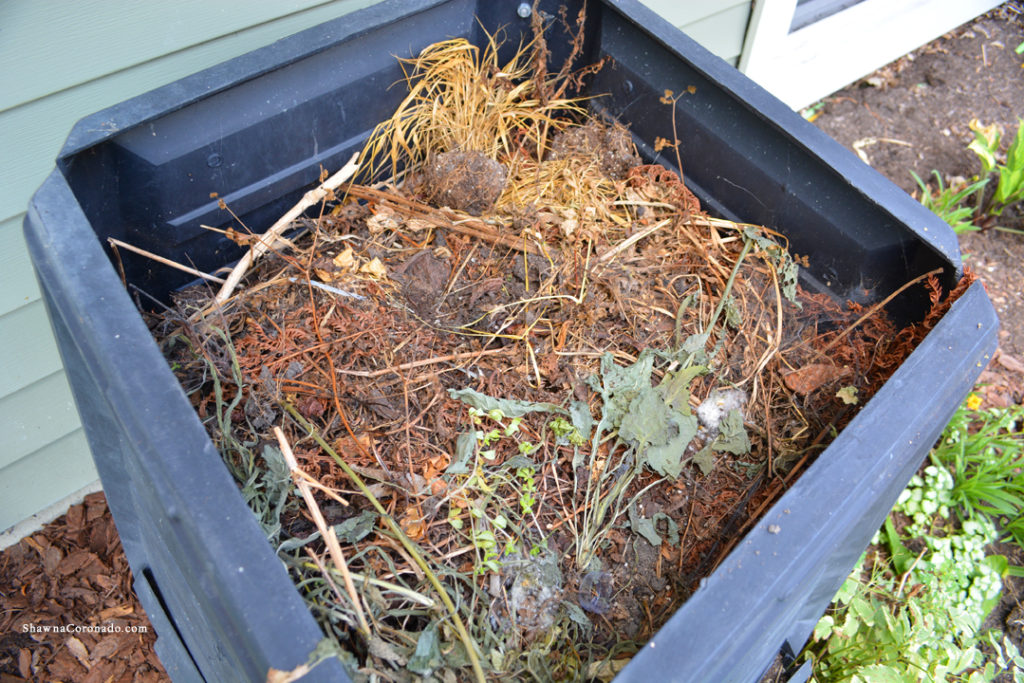
How to Compost in Your Home Garden
Your pile of compost needs a proper mixture of “browns”, which are carbon-rich materials; and “greens”, which are nitrogen-rich materials; and water. Remember, that to keep your compost organic, you will need to add natural products that do not have chemicals, fungicides, or weed killer in them.
Below is a list of browns and greens you might consider using in your compost pile –
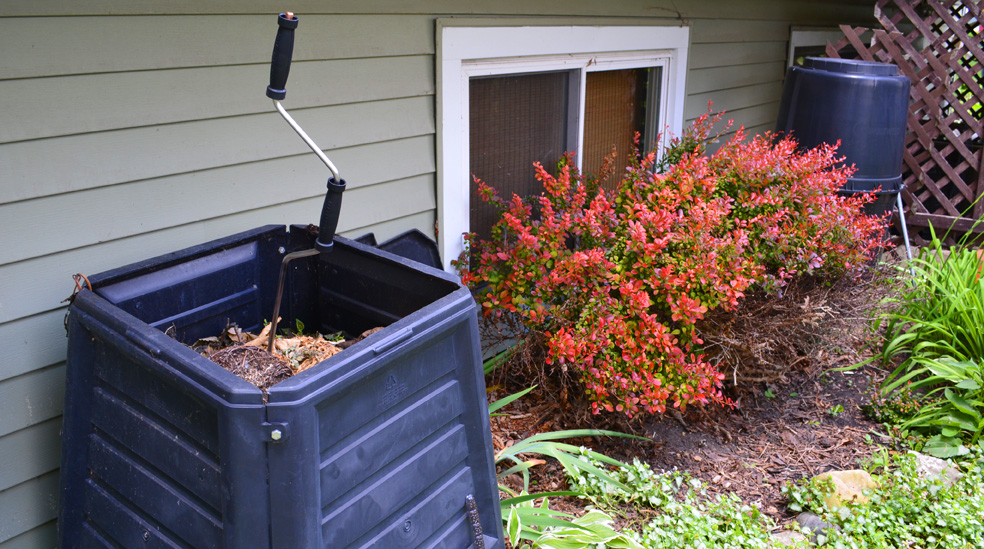
Examples of brown ingredients
- Straw.
- Aged grass clippings.
- Dead leaves (do not use dead leaves from diseased plants).
- Newspaper, black-and-white print preferred.
- Brown paper bags from the grocery store.
- Shredded cardboard and paper-based tissues and towels.
- Finely shredded cotton.
- Floor sweepings.
Examples of green ingredients
- Coffee grounds.
- Tea bags with metal staple removed.
- Kitchen scraps. Avoid items that will root, such as potato skins and onions, unless ground completely.
- New grass clippings.
- Plant prunings (do not add clippings from diseased plants).
- Spent flowers and pulled weeds.
- Barnyard animal manures such as cow, horse, chicken, goat, sheep, and rabbit. Do not use dog, cat, or human manure/feces as they may contain pathogens or diseases that could be harmful.
- Do not add meat or bones or it will smell horribly.
To have the most success, you will need to turn the pile occasionally. I like to use the Compost Crank or a Spinning Composter. It takes about three and four weeks to create compost if there is sufficient moisture and turning. Speed is determined by how often you turn the pile and the products you add. For example, if the contents are chopped up it will be easier for the microbes in the compost pile to break them down. Of course, a good balance of carbon and nitrogen encourages quicker composting.
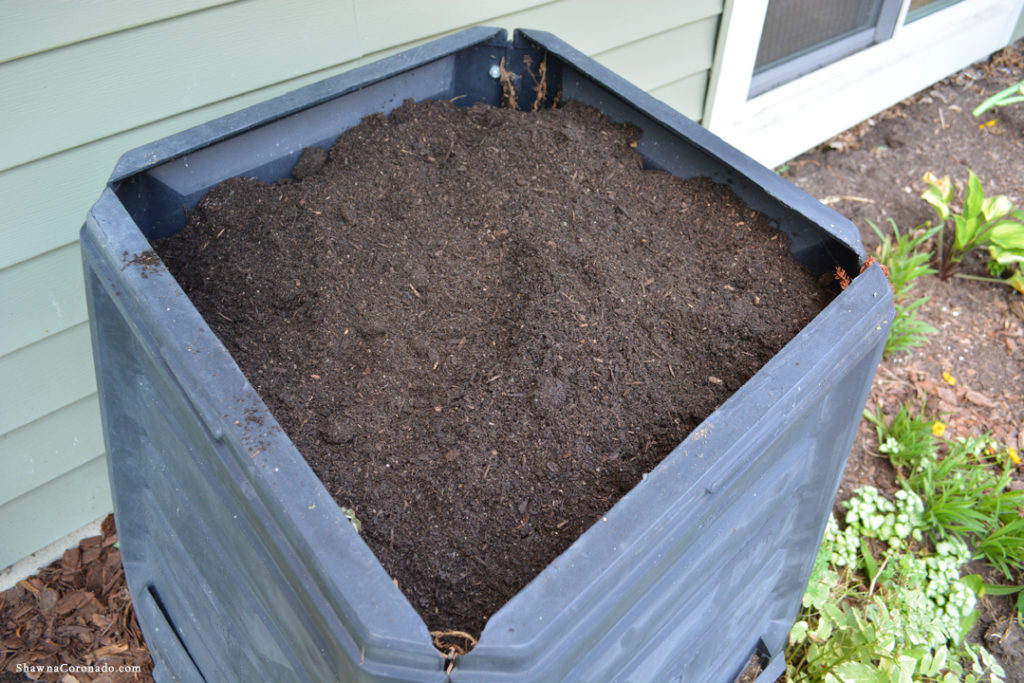
Your compost pile should be warm or hot to the touch because the temperature of the managed pile is important—it indicates the activity of the decomposition process. If the pile is not warm, then the microbial activity has slowed down and you need to add more green materials. Place the compost pile in full sun to increase activity.
Organic waste needs water to decompose, so keeping the pile moist is also important. Gray water, such as old dish water or clothes washer water from your home can be drained into a compost pile regularly to increase the moisture level. Keeping the pile as moist as a wrung-out sponge is the level of moisture you want. If you actively manage the composting, within a few weeks you will have a rich soil additive for your garden.

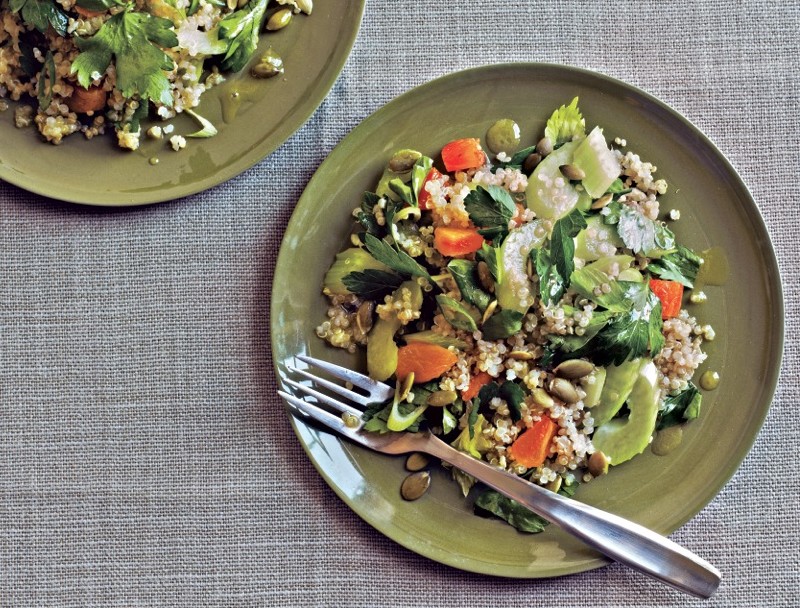
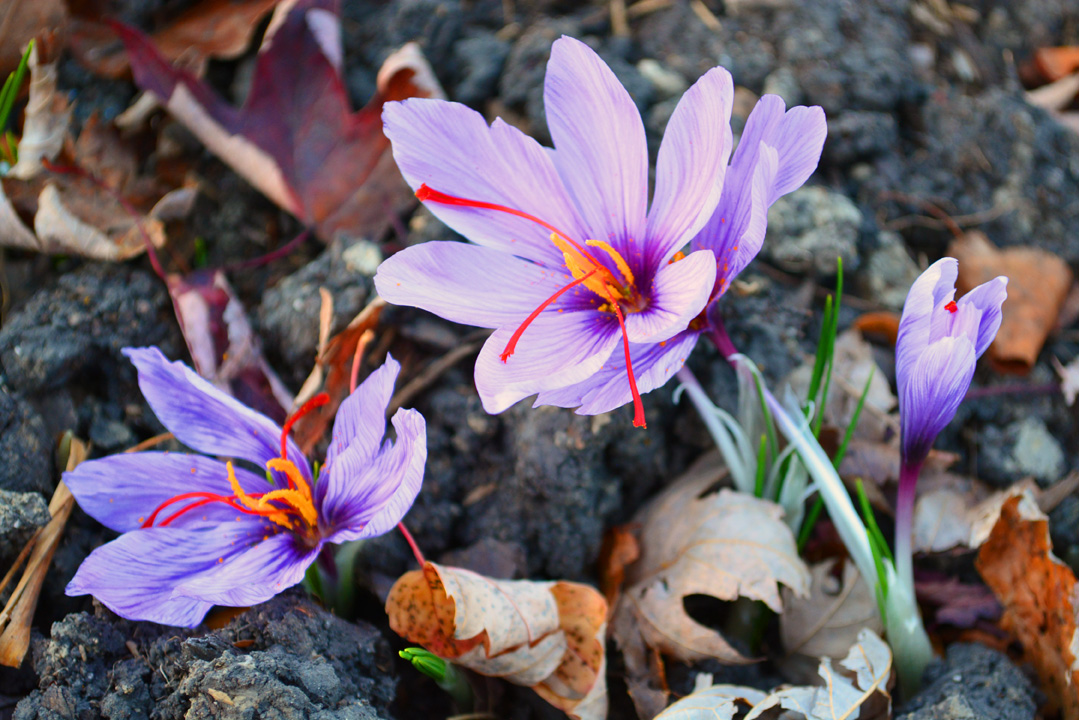
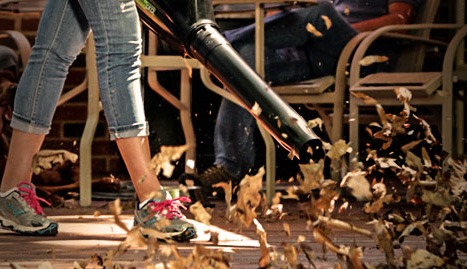
My favorite composting advice comes from Felder Rushing. He has two rules for composting: 1. Stop thrown' that stuff away. 2. Pile it up somewhere. 🙂
Felicia – Felder Rushing said it right!!
I love that!!
Thanks for the note!
Shawna
I read in a composting book that to add a fast, heat generating, nitrogen boost to your pile, you can add bagged dog food. I found this strange, since the same book told me to avoid adding meat/bones to the pile. Also, I would think that the kibble would bring pests, but maybe it heats up and breaks down so quickly that pests aren't a problem. Have you ever heard of this?
No. I have never heard of adding dog kibble to the compost.
I would add no meat products whatsoever.
Shawna
MyNJGarden.com said he/she had read about putting bag dog food in the compost pile, and questioned the logic of same.
We're told not to put meat in the compost pile NOT because it won't rot, but because it stinks to high heaven when it does. Meat is an organic substance. That said, I really don't believe there's all that much meat in bag dog food – the cheap stuff you'd buy for composting (as opposed to the stuff I'd actually consider feeding my dog) is mostly corn and stuff of that nature. Even if there IS meat, it's been processed to death, so I would not have a problem putting it in the compost.
If the kibble is buried in the pile, it shouldn't draw any more varmints than any other thing we put in there…
I'd be more interested in knowing WHY the writer of the book thinks that dog food would create a fast nitrogen boost – implying that it would heat the pile up quickly.
I love composting! I think it's fun! I love watching the organic material turn into soil!